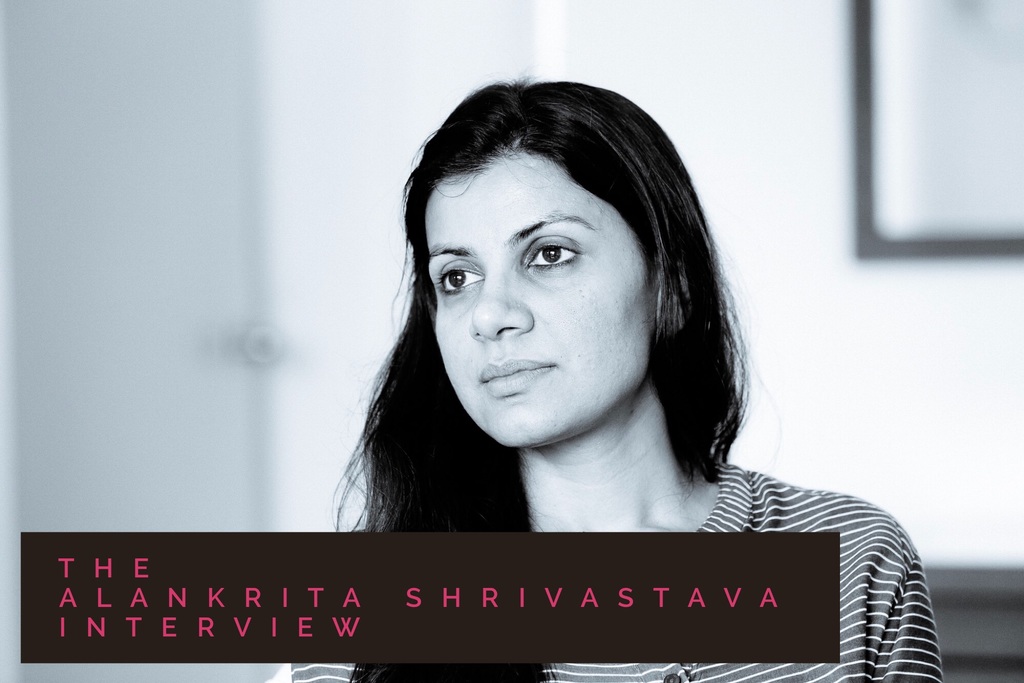The Covid-19 pandemic and the consequent lockdown in 2020 in India severely impacted print media, while digital media and online gaming platforms grew significantly, as per the data released by Federation of Indian Chambers and Commerce Industry (FICCI) in its report titled ‘Playing by the Rules’.
“English language and metro newspapers were hit harder and struggled to get back their circulation post the pandemic, while regional language newspapers recovered a larger portion of their lost circulation,” a press release stated.
Released on March 26 by FICCI, the report said that while revenue of print media fell 36% due to decline in revenue generation; advertisements and circulation slumped by 41% and 24%, respectively.
However, most of the print companies went digital with their content, as a cost reduction measure and to achieve “between 25% and 40% efficiencies, a significant portion of which can continue in the years ahead”. This will entail newspaper digital products to opt for paywalls, as is already the case with major publications like The Hindu and The Caravan, and generate a subscription revenue of Rs 4 billion by 2023.
While revenue of the television industry dipped 13%, from Rs 787 billion to Rs 685 billion, revenues are expected to grow driven by increasing number of subscribers as households continue to get televised.
The report added that television will become a “massified product” and “the smart television will usher in an era of connected viewing which will enable viewers to interact with each other, as well as the broadcaster, through the content. The importance of regional and sports programming will increase, driving up both advertisement rates as well as end-consumer package pricing, subject to regulatory action”.
On the other hand, subscription to digital media rose 6.5% and is expected to grow 22% annually to reach Rs 425 billion by 2023. With the pandemic stalling film shoots and forcing people to stay indoors, content has shifted online. Fuelled by the need to cater to audiences in tier II and tier III cities, content is also becoming localised.
The report said that after online sports went behind a paywall, as taken up by Disney+ Hotstar, it resulted in a 49% growth in digital subscriptions in 2020, while paid subscriptions crossed the 50-million mark for the first time in the same year.

“It is estimated that demand for original content will double by 2023 from 2019 to over 3,000 hours per year. The share of regional language consumption on OTT platforms will cross 50% of total time spent by 2025,” the report said.
The introduction of lucrative plans by international OTT platforms like Netflix and Amazon Prime Video in India, accelerated the movement, owing to competition from cheaper plans of domestic platforms like Sony LIV, Alt Balaji, and MX Player. Netflix’s mobile plan and Sony LIV are valued at Rs 199 per month while Amazon Prime Video is priced at a monthly rate of Rs 129. Others like Alt Balaji, Hoichoi, and Aha Video have plans starting from Rs 100 for three months, Rs 499 for one year, and Rs 199 for three months, respectively.
This is likely to accelerate with some of the big banner films taking the OTT way in 2020. Silverscreen India had reported on the ‘Master model’ and the reason behind production houses gearing up for digital release just a couple weeks after the film’s theatrical release.
“With 50% occupancy, there has not been good collection and in Tamil Nadu, the government has not given subsidies in entertainment tax. Since there is no profit margin, producers are opting for OTT releases,” Tamil film Eeswaran’s producer Balaji Kapa had said.
Digital media has thus managed to stay afloat, buoyed by the increased investments in advertisements in digital sales channels.
The online gaming segment grew 18% to reach Rs 77 billion; aided by work-from-home, virtual school lessons, and increased trial of online multi-player games during the lockdown, the report stated.
Recommended
“Transaction-based game revenues grew 21% on the back of fantasy sport, rummy and poker and casual gaming revenues grew 8%, led by in-app purchases,” the report said, adding that the segment is expected to reach Rs 155 billion by 2023.
Talking about the evolving patterns of consumption, Ashish Pherwani, partner and media and entertainment leader, EY India, said in a statement: “The M&E [media and entertainment] sector witnessed a shift in demand patterns as consumers actively sought alternatives and had the time to try new things. Consumption patterns shifted and increased across online news, gaming, and entertainment. The supply side, too, transformed as companies took the opportunity to reinvent themselves. Every segment redefined itself across verticals by becoming medium agnostic and embedded video, audio, textual and experiential products to enhance their offerings. However, the compelling content created around news and escapism, and the passion to build some of India’s most powerful brands remained resolute.”



